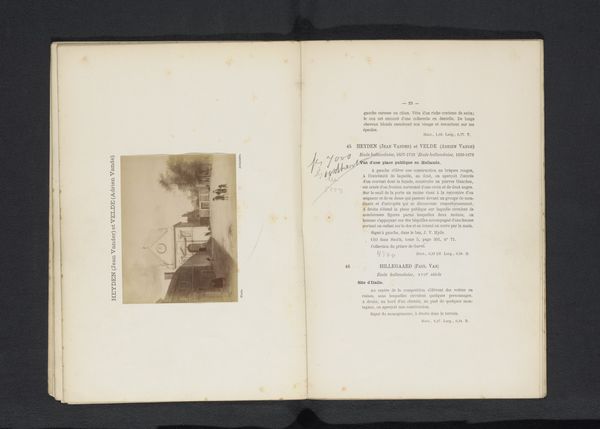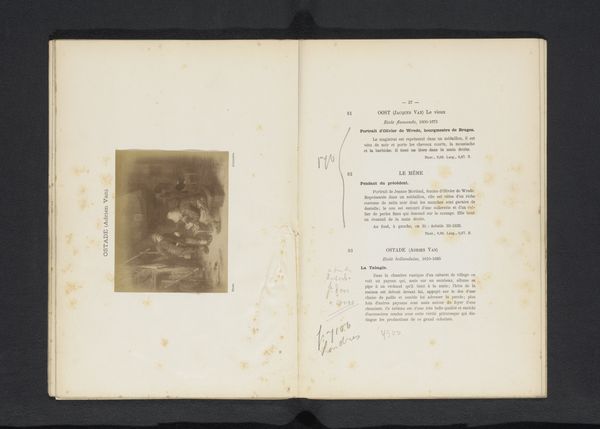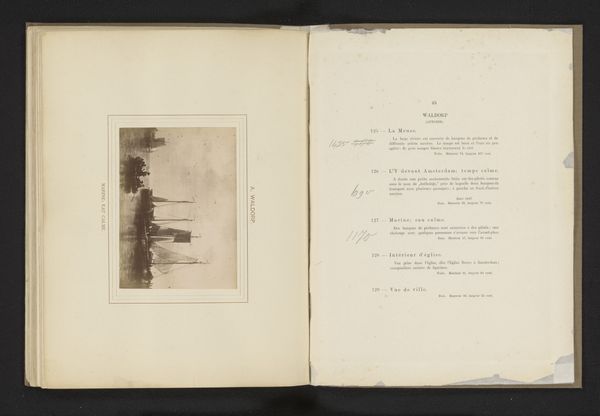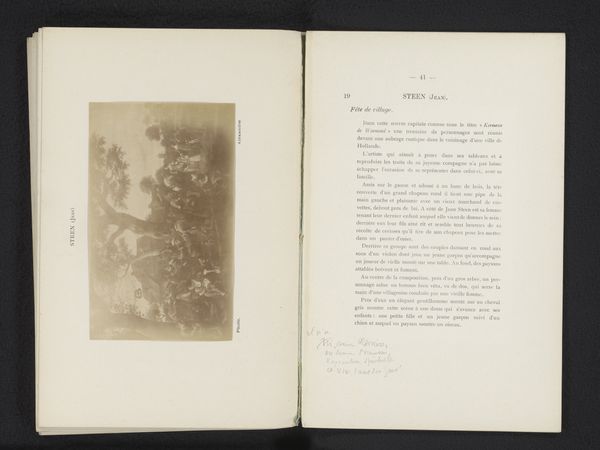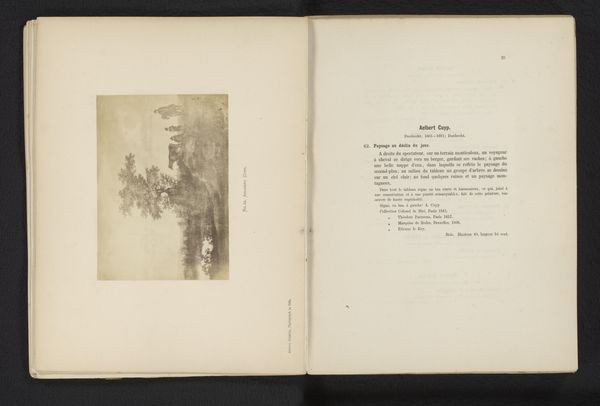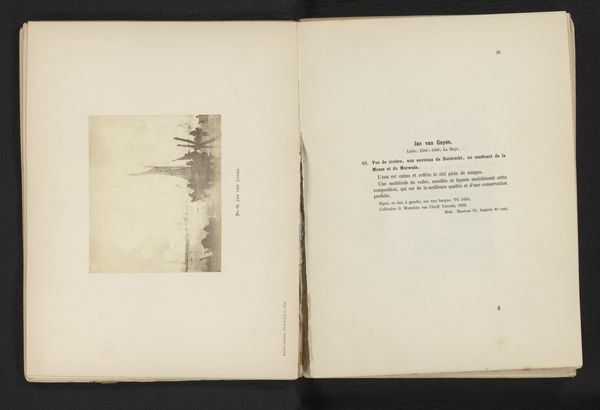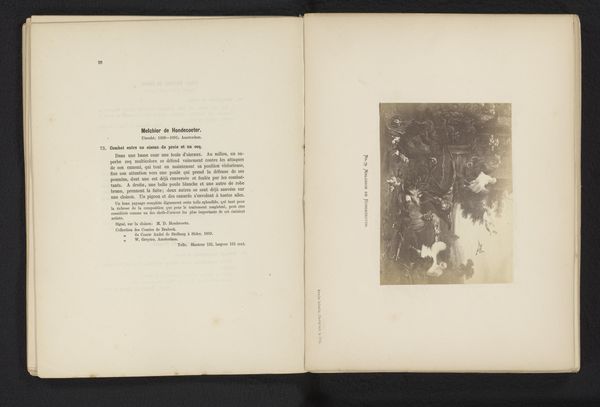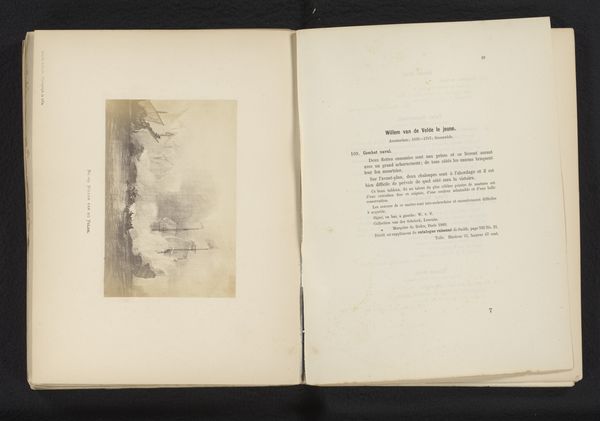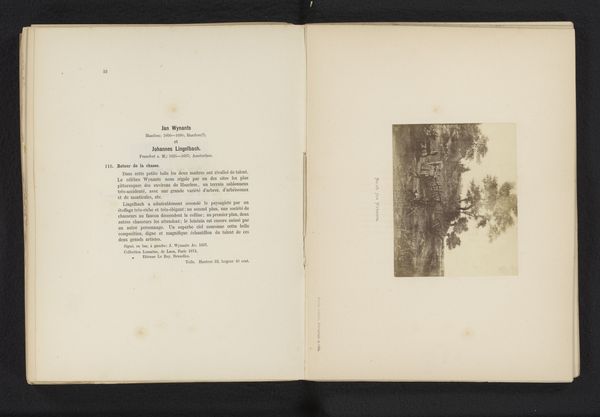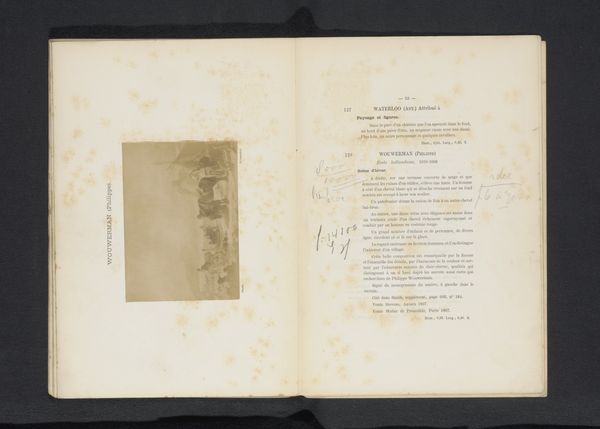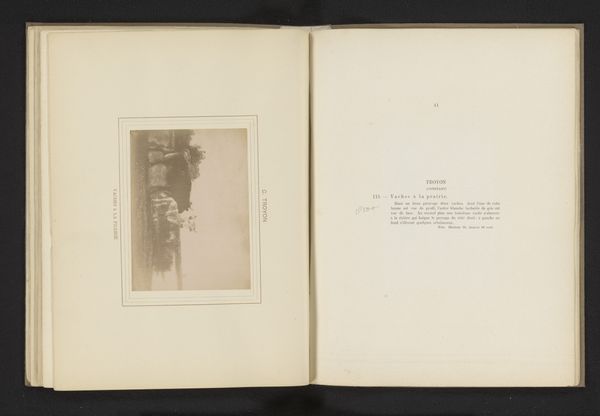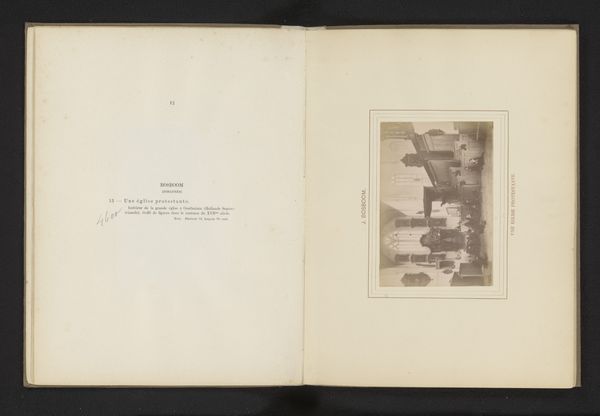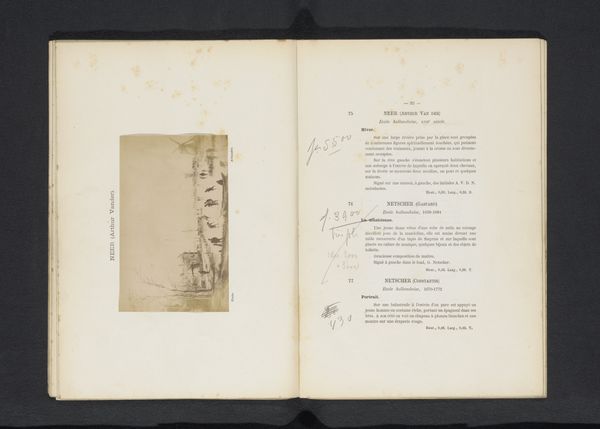
Fotoreproductie van een schilderij van een vrouw en een kudde koeien en schapen, door Adriaen van de Velde before 1891
0:00
0:00
print, photography
#
dutch-golden-age
# print
#
landscape
#
photography
#
realism
Dimensions: height 102 mm, width 125 mm
Copyright: Rijks Museum: Open Domain
Editor: Here we have a photographic reproduction of a painting by Adriaen van de Velde, depicting a woman with cattle and sheep; this particular image dates to before 1891. It’s interesting how a photograph transforms the texture of an oil painting. What catches your eye about it? Curator: This reproduction, its very existence, highlights a complex chain of production and consumption. We see the original artwork, yes, but also the labour of Alexandre, the photographer who intervened with a mechanical reproduction. Consider, too, the paper and printing processes involved in creating this photograph, likely produced for mass distribution in a catalogue or journal. The existence of this photo asks us: Whose labor are we truly viewing? Editor: So, it's not just about the Dutch Golden Age painting, but also about the nineteenth-century technologies that allowed it to be shared more widely? Curator: Precisely. The photograph flattens the original’s impasto and brushwork. How does the translation to a reproducible image change the viewer’s engagement, and access to fine art? What’s gained and what’s lost when art transforms into commodity for distribution and scholarly consideration? Editor: That makes me think about how photography democratized art to some extent. It used to be something only the wealthy could possess, but reproductions like this made it accessible to a wider audience. Curator: Absolutely. And further, the act of reproduction here—photography, in this case—becomes a form of critique. It forces us to reconsider what we value in art, and who benefits from that valuation. Does this make you view photography with new considerations? Editor: I’ve never considered the economics and distribution side of a simple image of a painting before, I appreciate this perspective! Curator: And hopefully, you also consider the material conditions in both creating the original painting and later photography as well.
Comments
No comments
Be the first to comment and join the conversation on the ultimate creative platform.
